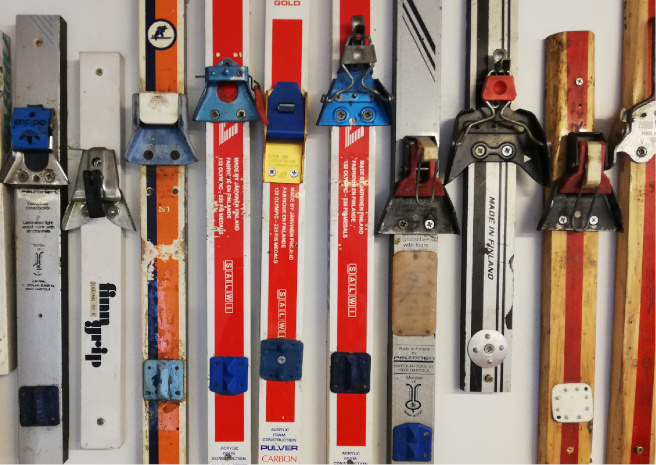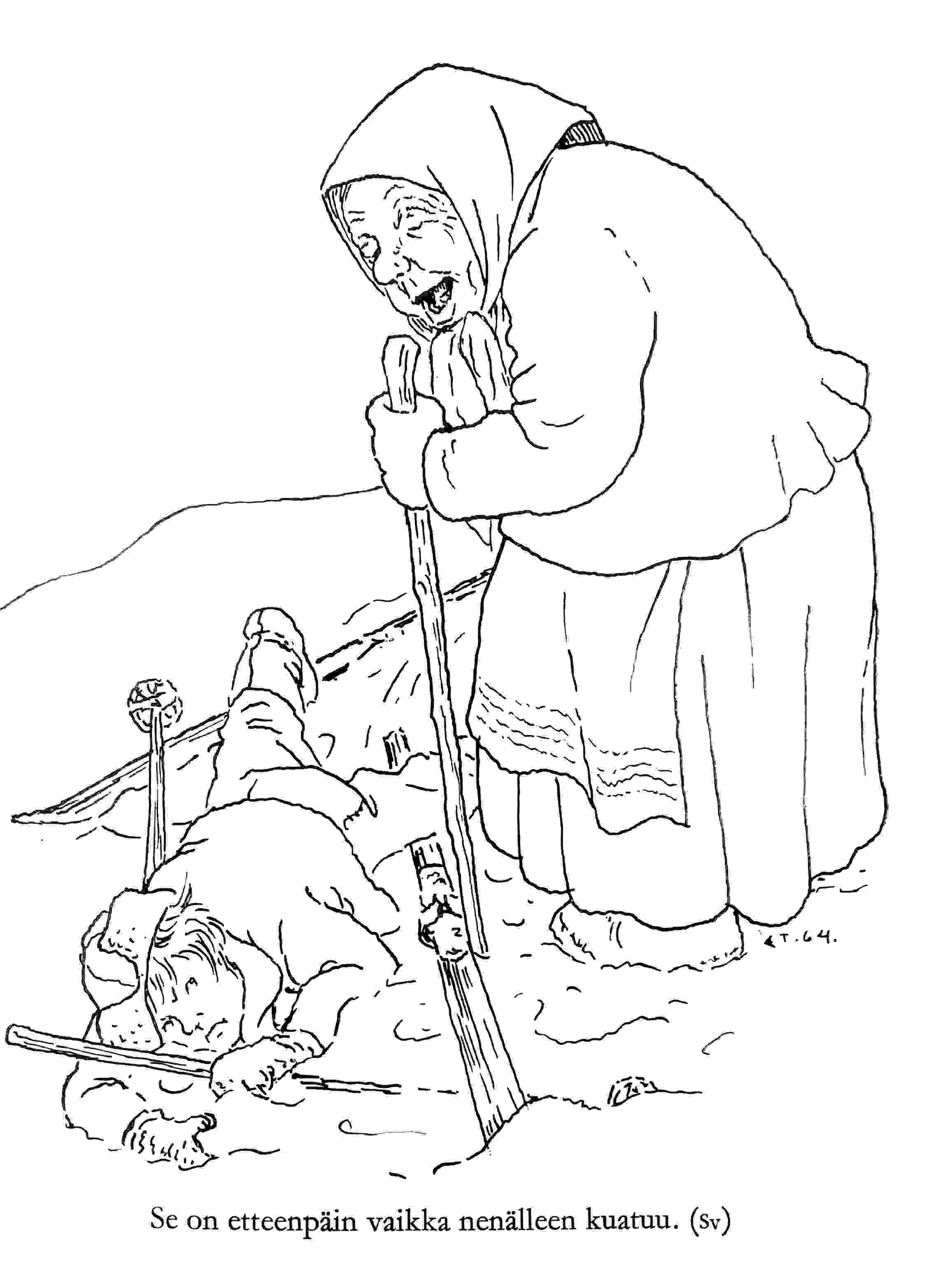
Forward! .. even if you fall on your nose
skis: ski equipment has been used since ancient times in northern Eurasia. The original shape is a short, wide, and flat-bottomed ski with an hollowed out space for the feet called "päläs" The skis had protrusion on both sides, for attaching the leg strap. The skis were either fur-skinned skis for slush snow or skinless skis for freezing weather. The bottom fur was protected at the edges by edge lists that helped guide the skis; today skis have a bottom groove called "olas". Odd skis were also used in the Fenno scandia: There was a short kick ski on the right leg, called "kalhu" and a long slip on the left leg, called "lyly". There was only one ski pole used, which was also used as a spear. Today's skis took shape in the late 19th century.
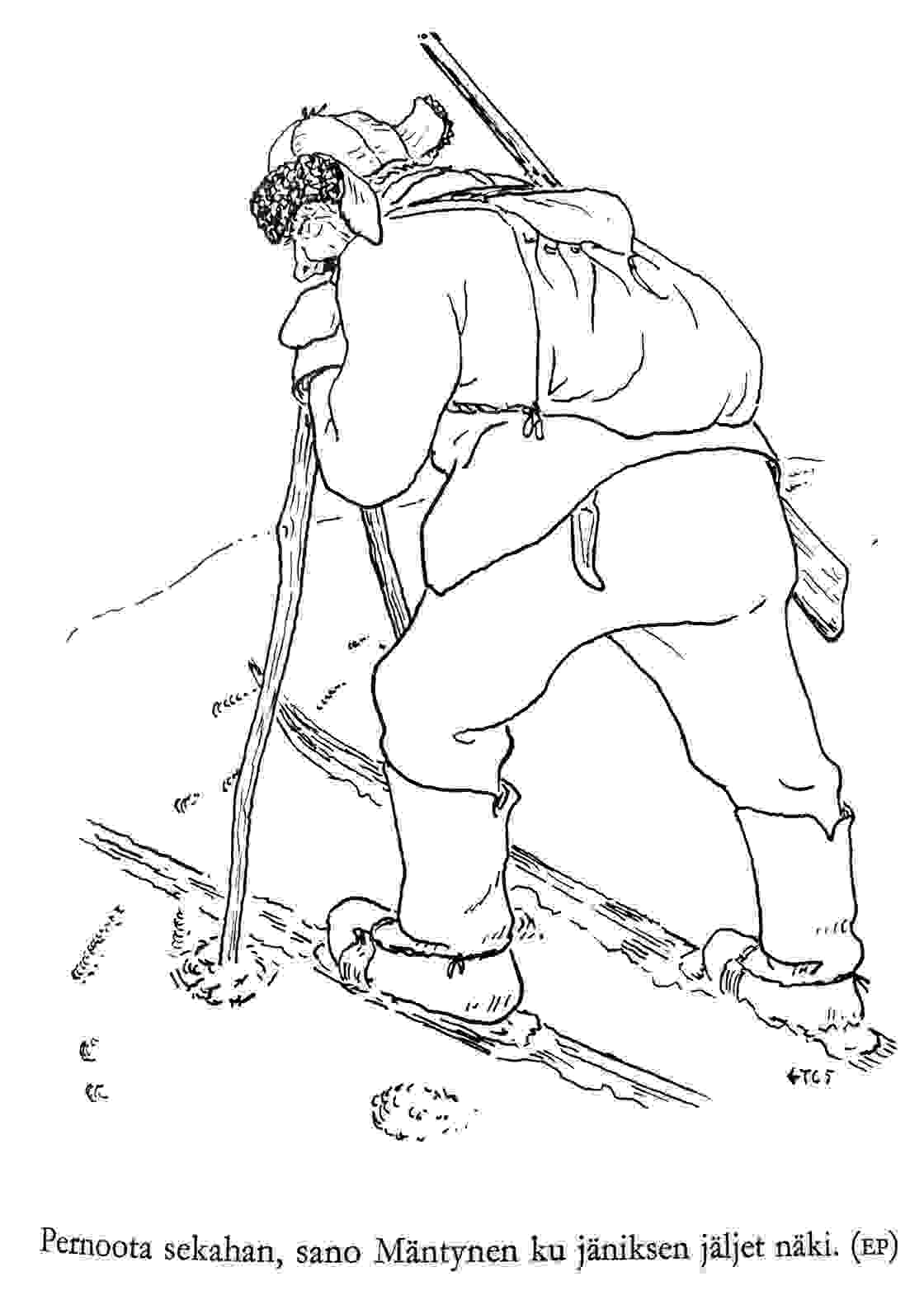
On the wall of the "House of Brothers of competition" or with the other name of "Moorland House" there is a collection of Ski Bindings. An engineer has a strange tendency to be interested in things that no one else is interested in. He is also inclined to compare the usefulness of the different technical solutions. About ski bindings I read somewhere that the National Defense soldiers had a slight advantage against the enemy soldiers, because their bindings allowed the soldier to hit the ground fast when hearing fire, while the enemies had bindings not permitting it. Fiction or true .... I can't tell. Today, manufacturers are changing the type of bindings more and more often, perhaps not so much because they have invented some technical improvement, but to force users to buy new skis.
Self made Bindings
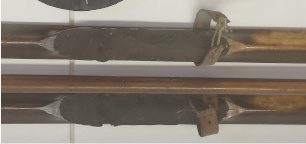
Mäystin 1800-1980
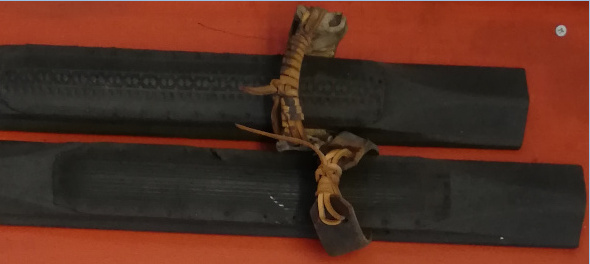
Halla 1932-1949
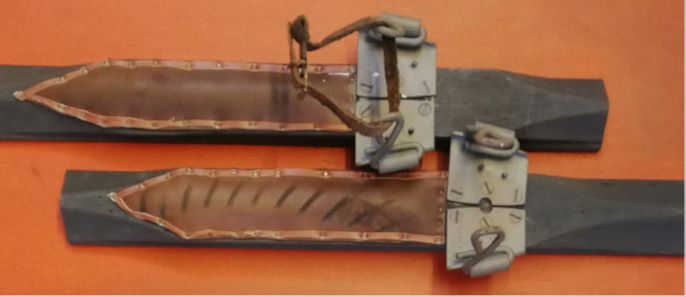
Erkki Tanttu: let's go quietly, like a perpeetuum mobile. Note, that the traditional finnish leather boot has a tip, that prevents the ski to slip away. This is important when going upwards
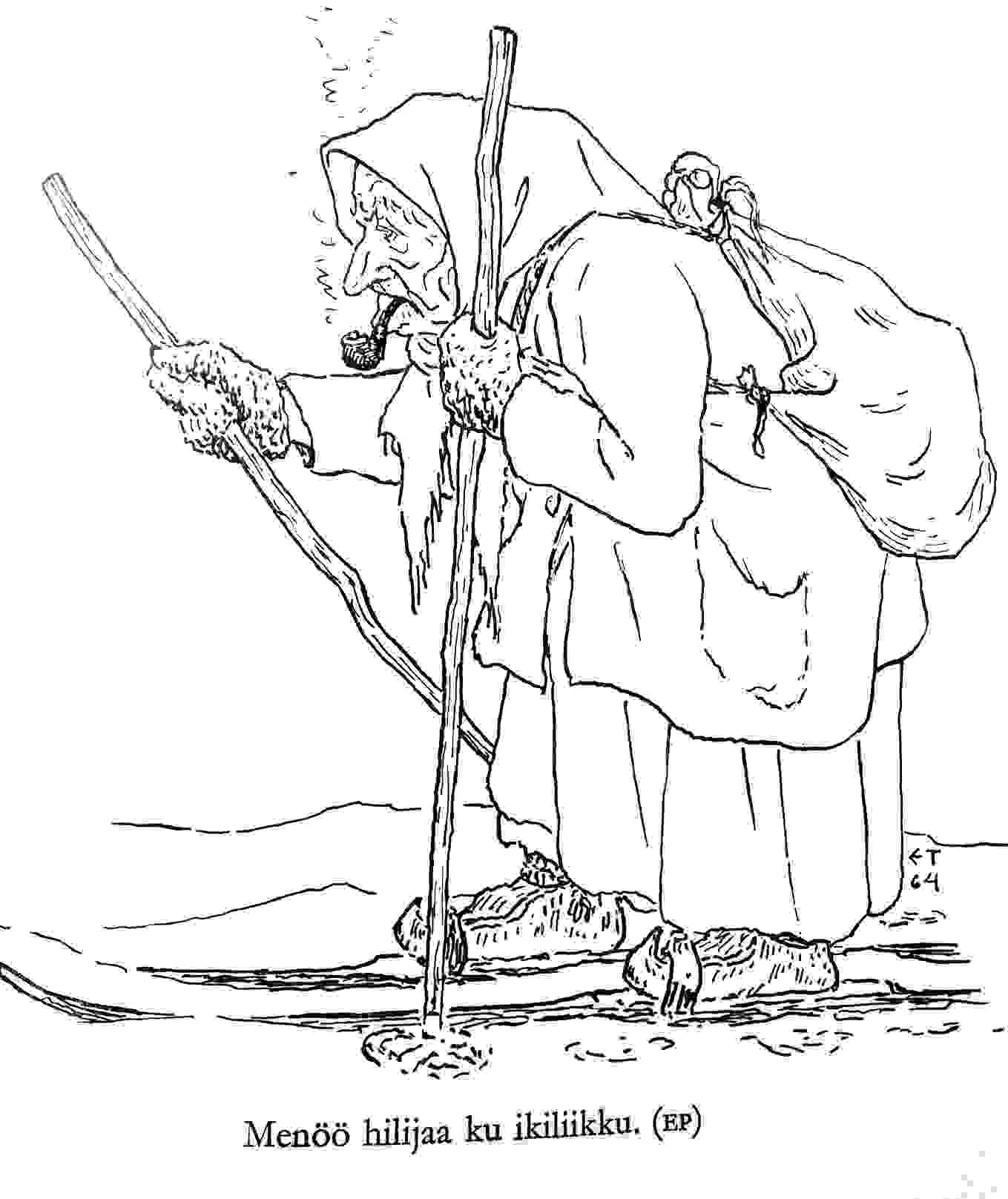
More than 60 ancient skis have been found in the Finnish bogs. Until around 1895 the most common skis in Finland were the Kajaani skis, then the Haapavesi and Ihanne models followed, and from the 1920s, wider cross-country and hiking skis. Usuallyin Finland birch was used, but hickory in Central Europe. 11 ski factories produced in Finland as of 1949, with a total production of about 47,000 pairs of skis. According to Wikipedia, Emil Lampinen founded a ski factory in Porvoo in 1905. It later became the more famous brand "Karhu". Ski production was moved to Kitee in the 1970s. I now have "Peltonen" skis, but sometimes Järvinen skis are still visible. Most of the skies nowadays are not made in Finland.
Lukko 1935-1950
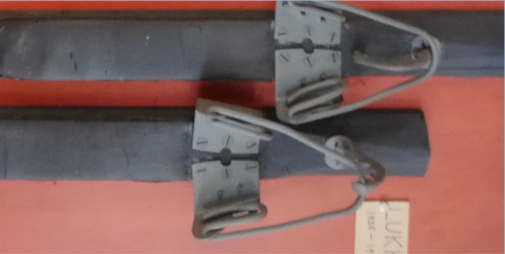
Voitto 1936-1980. Text from the link: "My skiing hobby is limited to my boyhood, the 1960s. At the time, I also had "Voitto" bindings on skis. Almost every time a great performance was ruined by the opening of the bandage in the descent." Wikipedia writes: "Ideally similar to the Rottefella binding, 1936 Tuomas Vohlosen's "Voitto" binding came to compete in the market when a shoe factory in Lahti made a suitable "Mono" ski-shoe"
Voitto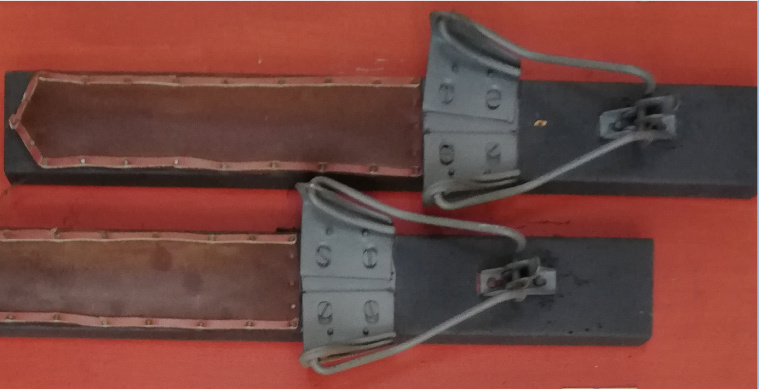
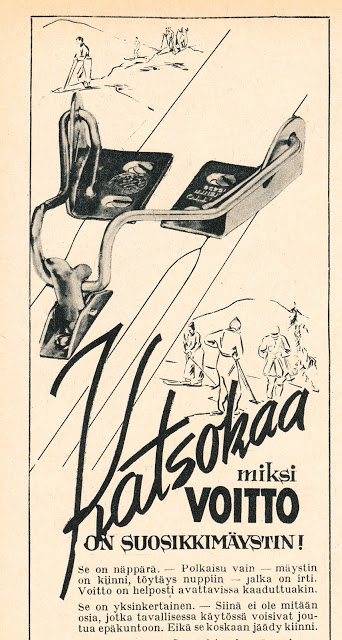
Kisa-Karhu 1950-1980. I would think "Kisa-Karhu" is the predecessor of "Karhu" skis.
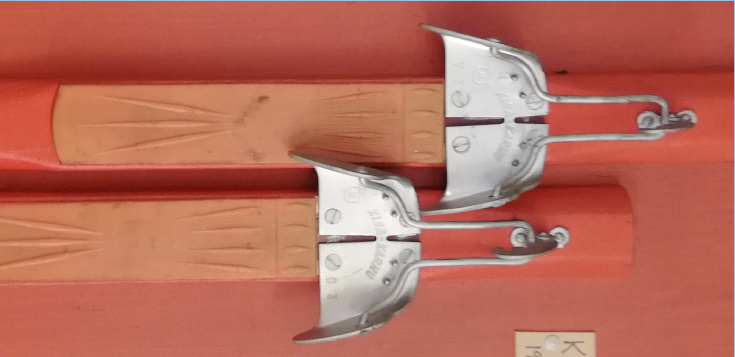
Tunturi Mono 1931-1947.from Mononen's Shoe shop website: A shoe shop already in the fourth generation. The Finnish name for ski boots is mono, according to our founder Jussi Mononen. Jussi Mononen founded a store in 1921 and a factory in 1926. Mononen's shoe factory, Lahti Saapas- ja Lapikasteollisuus, organized a name competition in November 1932 to get a common name for the company's products. The competition was won by Arkki Laine, an office cross country skiier from Riihimäki. He suggested the name “Mono,” which means one, only one. The jury considered the name a success, as it referred to quality merchandise: “the only quality on the market”. Mono was also an effective abbreviation of the name of the factory's founder and manager and well-known shoe retailer Jussi Mononen. This is also the reason for the common name mono in Finnish.
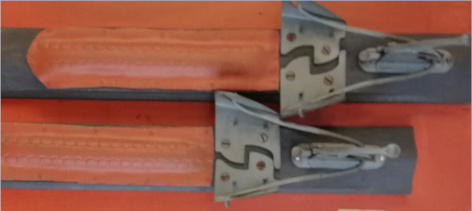
Rotan Loukku 1937-1980. Text from the link: "The Norwegian Bror With developed a ski binding for Rottefelle (rat trap) in 1927. This binding had no loop extending behind the heel at all."
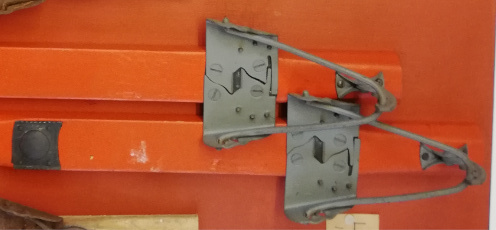
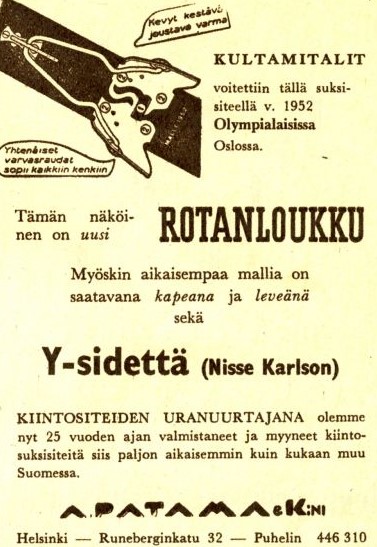
Mono 1933-1953
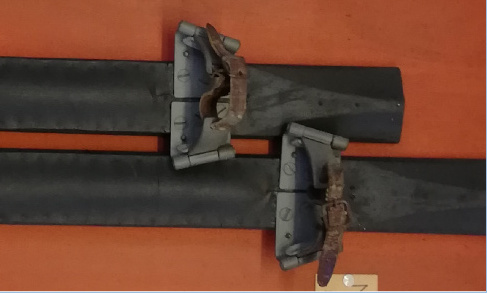
Canada 1939-1980
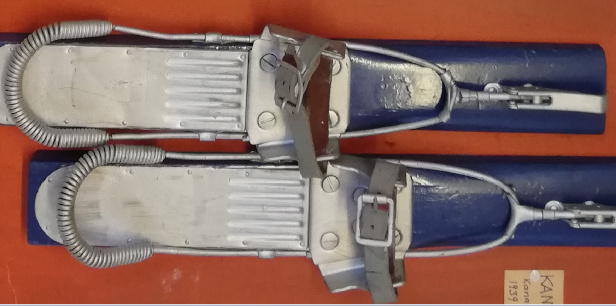
Modern
